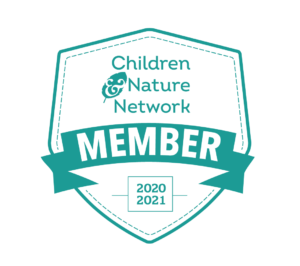 Have you ever hugged a tree? Sure, tree hugging is associated with being super crunchy and wanting to save the planet (which isn’t a bad thing at all, of course!), but it can also help us feel happier and calmer.
Have you ever hugged a tree? Sure, tree hugging is associated with being super crunchy and wanting to save the planet (which isn’t a bad thing at all, of course!), but it can also help us feel happier and calmer.
We know that spending time outdoors in nature reduces stress and boosts our mood. We also know that the act of hugging ourselves or another living thing can improve our physical and emotional well-being. So, why not try to combine these hugely beneficial activities into one?
Plus, if we add a bit of mindfulness into the mix, we’ll be sure to feel even better.
Hugging Meditation
In the late 1960’s, legendary Zen Buddhist Teacher Thich Nhat Hanh developed a hugging meditation practice that entailed the core Zen principles of interconnectedness and inter-being. He found that hugging with mindfulness can bring reconciliation, healing, understanding, and happiness.
More recently, Stone Kraushaar, Ph.D., a clinical psychologist known as The Hug Doctor and author of the book A 21-Day Journey to Embracing Yourself, Your Life, and Everyone Around You advises, “A good embrace—a hug—squeezes every ounce of fear, worry, and negativity out of your spirit, leaving you with nothing but warmth, inner peace, and a feeling of connection.” Sounds amazing, right?
Dr. Stone recommends that we stay in a hug for a minimum of 21 seconds. Why? That is the time in which oxytocin (the feel-good hormone) is released in our body and the many benefits of hugging kick in—improved immune system, reduced stress, lower blood pressure, better sleep patterns, and more. But it is not just about a number; it is about flow and getting lost in the moment. Having a meditative hugging experience with a loved one, pet, or even a tree can help us feel happier, calmer, and more connected.
Hugging Trees
During my 100-day Ecohappiness Challenge last year, my daughter and I hugged a tree. It was the first time in my life that I hugged a tree in a mindful way. I wrapped my arms around the strong palm tree in our backyard and rested my cheek on the bark. I closed my eyes and felt the steadiness of the tree. I took in some deep breaths and even giggled with my daughter a bit. Hugging a tree is a different experience than hugging another human or animal. The sensation you get is strength, power, and support. This is such a grounding and centering practice that I highly recommend your family try. At the very least, you’ll get a laugh out of it.
Dr. Stone explains that hugging is a profound form of meditation because it is all about being present in the moment. As soon as we have physical contact with another living thing, our awareness is tremendously enhanced. Our entire body is involved in this experience. Our senses awaken, positive hormones are released, and our heart rate and breathing slow down. All of these positive changes help us feel better, both emotionally and physically.
As far as nature goes, trees are the best non-animal natural element to hug because of their size and what they represent. Without trees, we would not be alive since they provide us with oxygen to breathe. Throughout history, trees have been described in human-like ways: their unique tree rings are like our fingerprints, they drink water like we do, we both put down roots, and recent research shows that trees live in communities and interact with each other to survive just like us.
Finally, hugging a tree builds appreciation and gratitude for this incredible aspect of nature. While we may enjoy a tree’s shade or fruit or even a swing hung from it, taking the time to embrace the tree helps us connect to it more directly. Having the direct connection with the tree may also encourage us to work hard to protect it and to plant more trees. In fact, engaging in environmental volunteering (such as planting trees) and environmental activism (standing up to ensure trees are not bulldozed) are also good for our mental health.
How To Do A Tree Hugging Meditation
Now that you know all the incredible benefits of hugging a tree, grab your kids and head outside for some soothing tree hugging meditation.
- Choose a tree in your own backyard or find one at a local park. You can take turns hugging the same tree or each find your own. You can also hug the tree together as a group and hold hands or embrace each other while simultaneously hugging the tree. This third option will really give you all kinds of additional benefits.
- Before you approach the tree, observe it carefully. Ask your kids to describe the tree. Try to identify the type of tree it is and any special features of it, such as fruit that it produces or the color of its blossoms or leaves.
- Wrap your arms around the tree and take a moment to feel it with your hands and arms. Notice how it makes you feel.
- Take in three or more deep, conscious breaths to get settled and feel present. Breathe in through the nose, hold for about five seconds, then slowly exhale through the mouth.
- Consider closing your eyes to take in the tree using the rest of your senses. How does it smell? What do you hear? Open your mouth and see if you taste anything in the air. Touch the bark and a leaf, if you can reach one, with your fingers.
- When you feel like you have had enough time with the tree, step back from it. Consider bowing to the tree or saying namaste to the tree to conclude your hugging meditation. Ask your children to express gratitude to the tree, such as thanking it for the time you shared together and maybe mention all the benefits that trees provide to us.
- Discuss the experience with your children. How did it make them feel? What did they experience through their five senses?
- Create a special memory of the experience with a creative project, such as asking your kids to write a poem or story, draw or paint a picture, or act out their tree hugging experience.
I would love to hear about your family’s tree hugging experience. Please comment below.

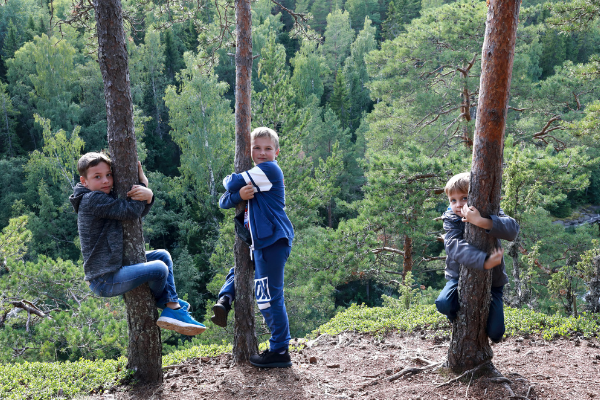
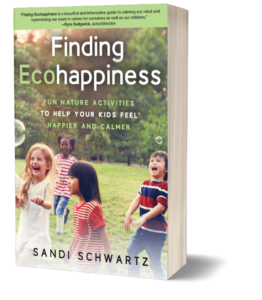
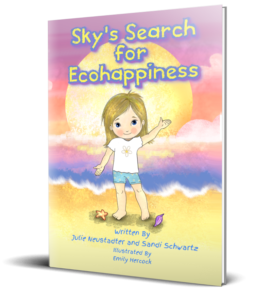

 Have you ever been to a
Have you ever been to a 
 The great outdoors is the perfect place for children to learn and prosper. Spending time outdoors in nature can boost health and well-being as well as
The great outdoors is the perfect place for children to learn and prosper. Spending time outdoors in nature can boost health and well-being as well as 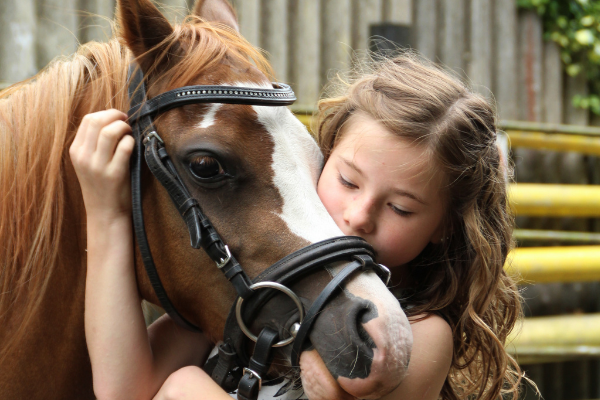
 Guiding your children to learn and grow is a crucial part of helping them live an independent life full of success. There are many places that can assist you in doing this. For instance,
Guiding your children to learn and grow is a crucial part of helping them live an independent life full of success. There are many places that can assist you in doing this. For instance, 
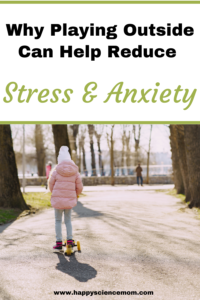 There is an increasing number of children suffering from stress and anxiety in today’s busy world. This comes from a range of different factors, including pressures from school and social expectations that they face from day to day, not to mention the current global pandemic. Studies have shown that one in five children will suffer some kind of mental health problem.
There is an increasing number of children suffering from stress and anxiety in today’s busy world. This comes from a range of different factors, including pressures from school and social expectations that they face from day to day, not to mention the current global pandemic. Studies have shown that one in five children will suffer some kind of mental health problem.
 Are you frustrated and concerned that your kids are always using some sort of technology? Between phones, games, and now virtual school for many kids, it is challenging to separate them from their screens.
Are you frustrated and concerned that your kids are always using some sort of technology? Between phones, games, and now virtual school for many kids, it is challenging to separate them from their screens.
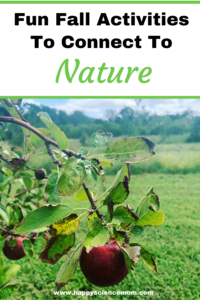 Depending on where you live, you may already feel the air getting cooler and crisper. With school back in session and all the talk about Halloween, we know that fall is just around the corner. While we are busy with school and extracurricular activities, this is also a lovely time to take a relaxing break and connect to nature as a family. Here are some fun fall activities to help you and your kids connect to nature.
Depending on where you live, you may already feel the air getting cooler and crisper. With school back in session and all the talk about Halloween, we know that fall is just around the corner. While we are busy with school and extracurricular activities, this is also a lovely time to take a relaxing break and connect to nature as a family. Here are some fun fall activities to help you and your kids connect to nature.


 We hear a lot about forming good habits, whether it be exercising daily, drinking enough water, getting eight hours of sleep each night, and practicing gratitude. While some of these habits may require work and discipline, paying attention to our natural surroundings and soaking in awe really isn’t all that difficult–yet can be so incredibly beneficial for us and our children.
We hear a lot about forming good habits, whether it be exercising daily, drinking enough water, getting eight hours of sleep each night, and practicing gratitude. While some of these habits may require work and discipline, paying attention to our natural surroundings and soaking in awe really isn’t all that difficult–yet can be so incredibly beneficial for us and our children.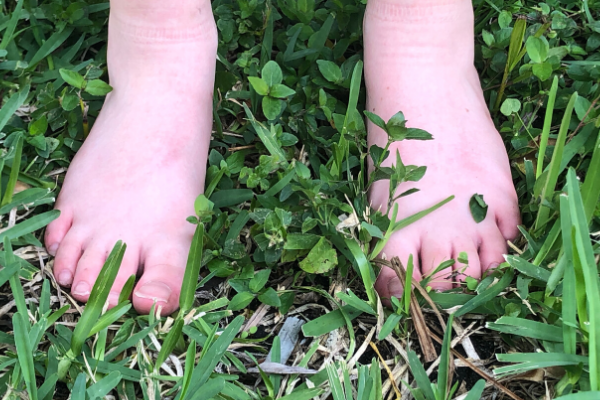
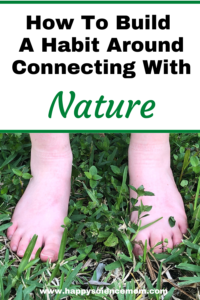 On Friday, March 13th, it was the day we knew the schools were shutting down and we were going into quarantine for who knew how long. (We’re still in it, for the most part!) I am sure most of you can relate to what that felt like.
On Friday, March 13th, it was the day we knew the schools were shutting down and we were going into quarantine for who knew how long. (We’re still in it, for the most part!) I am sure most of you can relate to what that felt like.

 If you have watched the news lately, you can get pretty stressed and overwhelmed by everything going on. Even with the environment alone, we have big challenges to tackle like climate change, plastic in our ocean, air and water pollution, factory farms, and environmental justice issues. While these topics may sometimes tempt us to crawl under a rock and ignore what’s going on, getting involved in our community through environmental activism as a family can actually help us feel happier and calmer.
If you have watched the news lately, you can get pretty stressed and overwhelmed by everything going on. Even with the environment alone, we have big challenges to tackle like climate change, plastic in our ocean, air and water pollution, factory farms, and environmental justice issues. While these topics may sometimes tempt us to crawl under a rock and ignore what’s going on, getting involved in our community through environmental activism as a family can actually help us feel happier and calmer.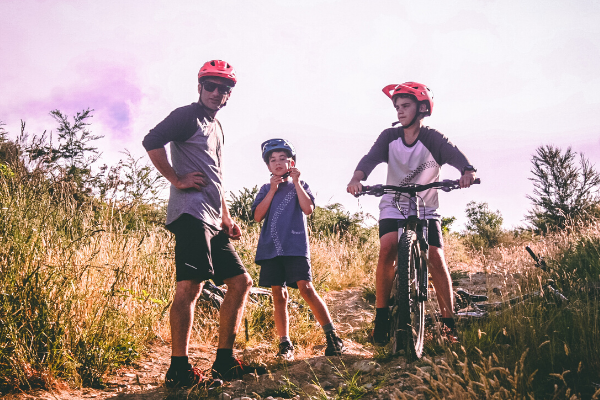
 Whether it be riding around the neighborhood or exploring an off-road mountain trail, biking is an incredibly beneficial activity for your family. My family has always enjoyed bike rides, but with more time spent at home over the last year, we have been biking even more.
Whether it be riding around the neighborhood or exploring an off-road mountain trail, biking is an incredibly beneficial activity for your family. My family has always enjoyed bike rides, but with more time spent at home over the last year, we have been biking even more.
